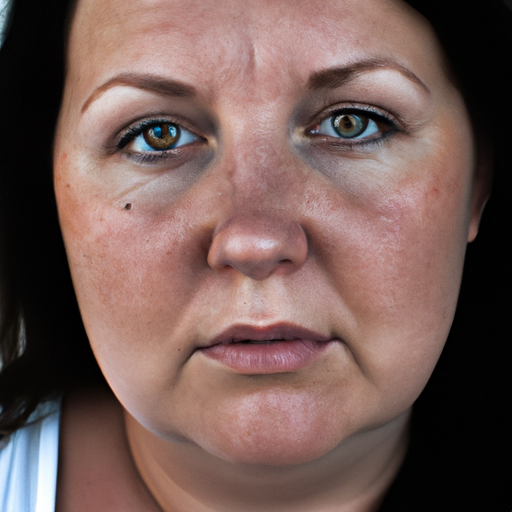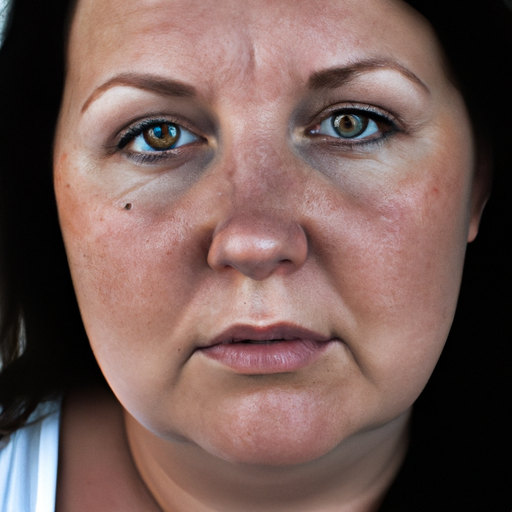As an expert in skincare, I can confidently say that the secret to a radiant complexion lies in the art of face exfoliation. Unmasking radiance is not just about applying expensive serums or moisturizers, but it’s about understanding the importance of exfoliation and incorporating it into your skincare routine.
Exfoliation is the process of removing dead skin cells from the surface of your skin using a chemical, granular substance, or exfoliation tool. Your skin naturally sheds dead skin cells every 30 days or so. However, sometimes, these cells don’t shed completely, resulting in dry, flaky patches and clogged pores. Exfoliating can help prevent this.
The benefits of regular exfoliation are manifold. It can leave your skin looking brighter and improve the effectiveness of topical skincare products by enhancing absorption. Regular exfoliation can also help prevent clogged pores, resulting in fewer breakouts. Long-term exfoliating can increase collagen production, which promotes skin elasticity and reduces the appearance of fine lines and wrinkles.
However, it’s essential to understand that not all exfoliants are created equal, and what works best for you largely depends on your skin type.
For sensitive skin, a gentle, chemical exfoliant like lactic acid would be ideal. Lactic acid is an alpha hydroxy acid (AHA) that gently dissolves dead skin cells without causing irritation. For oily or acne-prone skin, beta hydroxy acids (BHAs) like salicylic acid are recommended. BHAs penetrate deeper into the skin, unclogging pores and targeting acne at its source.
Physical exfoliants like scrubs and brushes can be used by those with normal to dry skin types. However, they should be used sparingly as they can cause micro-tears in the skin if used too aggressively.
The frequency of exfoliation depends on your skin type and the type of exfoliant used. Generally, it’s safe to exfoliate 1-3 times a week. However, those with sensitive skin should start with once a week or even bi-weekly.
While exfoliation is a vital part of skincare, over-exfoliation can lead to redness, inflammation, and skin sensitivity. If you notice any of these signs, it’s best to reduce the frequency or switch to a gentler exfoliant.
After exfoliating, it’s crucial to hydrate and protect your skin. Use a hydrating serum or moisturizer to replenish moisture and a broad-spectrum sunscreen to protect the fresh layer of skin from harmful UV rays.
In conclusion, face exfoliation is an essential step in achieving radiant, healthy skin. It’s not just about removing dead skin cells but also about enhancing the effectiveness of your skincare products and preventing breakouts. However, it’s crucial to choose the right exfoliant for your skin type and not overdo it. Remember, skincare is not a one-size-fits-all approach, and what works best for you might not work for someone else. So, listen to your skin and adjust your routine accordingly.
Unmasking radiance is a journey, not a destination. With the right knowledge and tools, you can reveal the glow that’s been hiding under layers of dead skin cells. Happy exfoliating!




